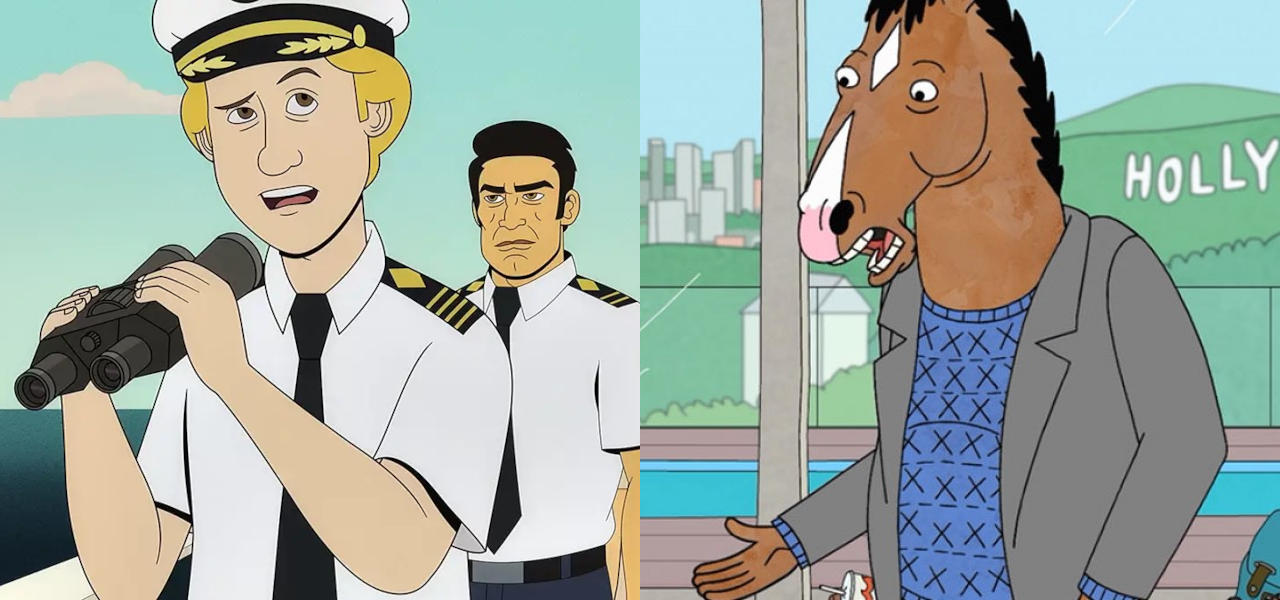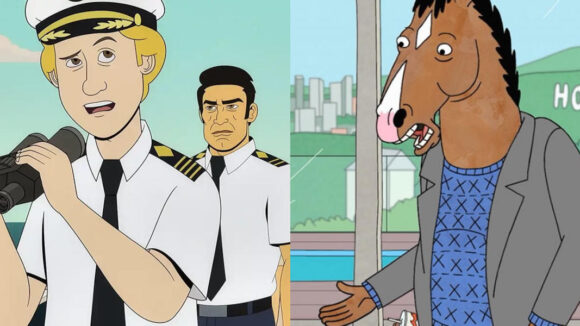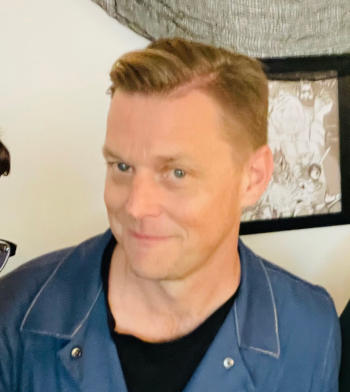

Australian Director Adam Parton On Challenges Faced By Immigrant Artists In The U.S.
Adam Parton is a highly skilled and experienced animator and director who has worked for some of the biggest studios in the world. He recently directed Netflix’s original animated series Captain Fell and is currently working on season two of Warner Bros.’s Velma.
Parton is a Primetime Emmy nominee whose previous credits include BoJack Horseman and Tuca & Bertie. He’s got a resume that could get him in the door at most animation studios around the world, but one thing that has stood in his way on more than one occasion is the fact that he is an Australian citizen living and working in the U.S.

To help alleviate the added stress of finding work as an immigrant, Parton is now working on getting a U.S. green card, which would provide him with permanent residence status and mean that he could take on any job without needing to apply for a visa. Parton has had an exceptional career, but his experiences of losing out on work and a less-than-certain future are extremely common among artists who ply their trade outside of their native countries. Animation is a particularly international art form, and studios around the world often hire talented immigrants to fill out their workforce.
Parton recently spoke to Cartoon Brew about how he got to where he is today and the challenges that immigrant artists face while working in the U.S. animation industry.
Cartoon Brew: Can you tell us a bit about your background in Australia and how you ended up in the U.S.?
Adam Parton: I started in animation in the early 1990s working as an inbetweener at Disney Studios in Sydney, Australia, on direct-to-video features and tv series such as Aladdin and the King of Thieves, The Lion King 2, and Quack Pack, among others. So, I was lucky to get on-the-job training in traditional animation. Moving into digital, I worked on one of the first fully-Flash animated tv series John Callahan’s Quads! as an animator. Following that, a few friends and co-workers and I formed our own company Square, based in Melbourne. That studio ran for about 10 years and produced a number of award-winning kids’ tv series and short films. Square then merged with another Melbourne animation studio and became 12 Field, also making kids’ tv series. At that point, I had the opportunity to travel to L.A. and work as an L.A.-based extension of 12 Field. After about a year, I was thinking that Los Angeles living was going to stick and sought out local work. That’s when I came across Bojack Horseman, starting as a character designer and animator and by season three directing episodes. For season four of Bojack I was sent to Seoul to oversee the animation at the service studio there (Bigstar). I then returned to L.A. to direct two more seasons of Bojack and two seasons of Tuca and Bertie.
What have you worked on most recently?
During the pandemic years, I was supervising director of Captain Fall at Netflix, which is due to come out on July 28th. And I am currently directing season two of Velma at Warner Bros.
Why do you want to stay in the US?
After being here for 10 years, it’s where my life is now. But also, it’s the work opportunities and the freedom that bigger budgets allow us as artists. In Australia, at the time I was working there, the budgets were quite tight, so often we wanted to push things further but met a financial wall instead. Sometimes that’s a problem that creates new solutions and things can work out better, which is a byproduct I love. But other times, it’s just frustrating because you know you could’ve done more. I still try to solve problems or shoot things in the most interesting way, but now it’s nice to sometimes be a little more ambitious visually. I do really feel that it’s my beginnings in the Australian industry that helped me think outside the box and have such a long run in the L.A. scene. Also, for un-work-related reasons, the music scene here (especially in L.A.) is phenomenal, and I really love that.
What have been the biggest challenges you’ve faced so far in living and working in the U.S.?
One of the challenges for me was knowing when to keep my mouth shut. In Australia, it seems like it’s a little looser and I did find that there was more of a hierarchy here in the U.S. which took some getting used to. But after a while, I found a good throughline that I think worked in my favor because I was able to get some of my more unconventional ideas out there without ruffling feathers.
Also, being on a visa I definitely saw some opportunities slip through my fingers because schedules did not allow for the visa processing times, or it was just easier for the productions to hire someone that didn’t need a visa
What resources are available to artists interested in relocating to the US? Did you speak with other international artists working in the US?
Honestly, because I’ve been so lucky to be gainfully employed the whole time I’ve been here I haven’t reached out to access any official sources of support, but with so many talented people from overseas working in the industry here it ends up being more of a word of mouth thing. There’s a community of people and you hear that so and so had success this way or they are doing that way and through that, you start to figure out what might work for you. But it’s a little unnerving when you see someone you know reach the end of their visa term and have to return to their country of origin until they find something else, especially when they have created a life here that I’m sure they value very much.

.png)